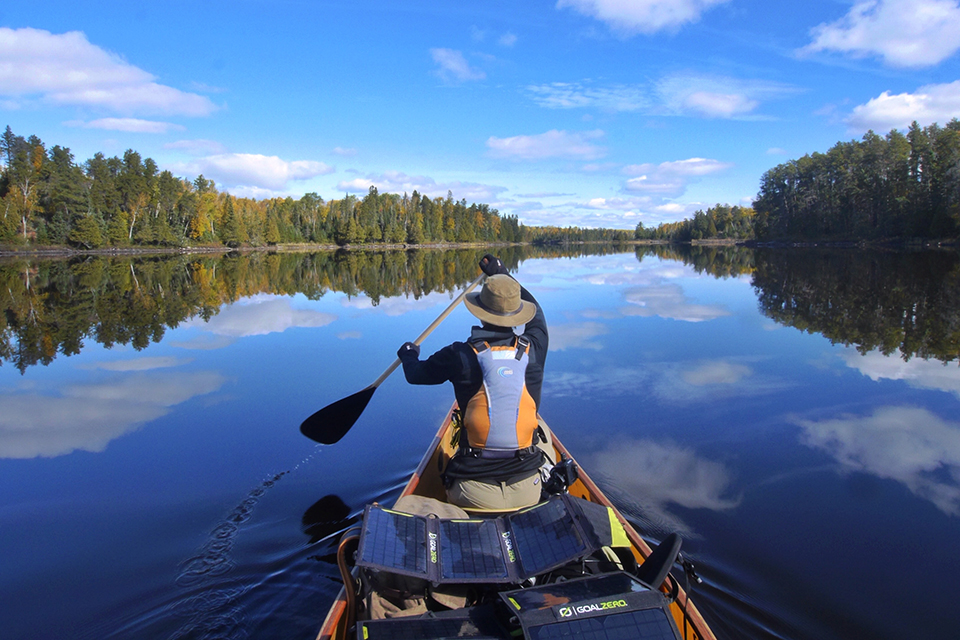Themes
Increasing Park and Open Space Equity
Parks and public open spaces that were originally designed primarily for respite and passive enjoyment are increasingly under pressure to generate revenue, whether through private commercial development in urban settings, or through resource extraction, such as mining, in national monuments and wilderness areas.
 Boundary Waters Canoe Area Wilderness, MN, Photo © Dave Freeman.
Boundary Waters Canoe Area Wilderness, MN, Photo © Dave Freeman.
Urban parks and plazas were conceived as democratic spaces that were free and open to all, as we see in Robert Royston’s Mitchell Park in Palo Alto, CA, Freeway Park in Seattle, WA, or Flushing Meadows Corona Park in Queens, NY. They were also part of the social compact between the public and the municipalities or other governmental organizations that built and maintained the parks, and placed a value on the public’s benefit. Over the past several decades, municipal budgets (and those of cultural institutions) have become increasingly strained (see Stewardship Commitment theme), and funds for the maintenance and programming of open space often deemed of lesser importance than buildings, have been diminished or slashed.
More recently, with the renaissance of many of the nation’s leading cities, acquiring parkland has become more difficult as land values surge. Municipalities and some park stewards are carving out sections of public parks and open spaces to create revenue-generating facilities. For example, some 40% of Nashville’s Fort Negley Park was being considered for a mixed-use commercial and residential complex, while a swath of the historic lawn of the Rhode Island State House was nearly forfeited for a transit hub with a mixed-use development. To meet the needs of their museum expansion program the Frick Collection was willing to sacrifice its Russell Page viewing garden rather than seek an alternative. The historic core of Flushing Meadows Corona Park was selected as the potential site of a thirteen-acre professional soccer stadium.
As for national monuments like Bears Ears National Monument in Utah, or wildlife preserves and wilderness areas such as Coyote Valley, San Jose, CA, and Boundary Waters Canoe Wilderness Area in Minnesota, revised policies would have opened these rare and cherished places (sacred to Indigenous peoples and essential for wildlife species) to logging, mining, and other adverse effects such as resource extraction. Coalitions and public support as well as government intervention have been key to protecting these cultural landscapes.